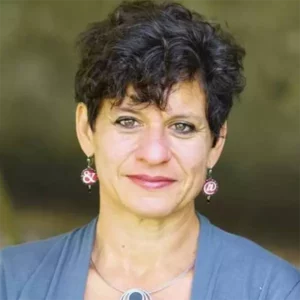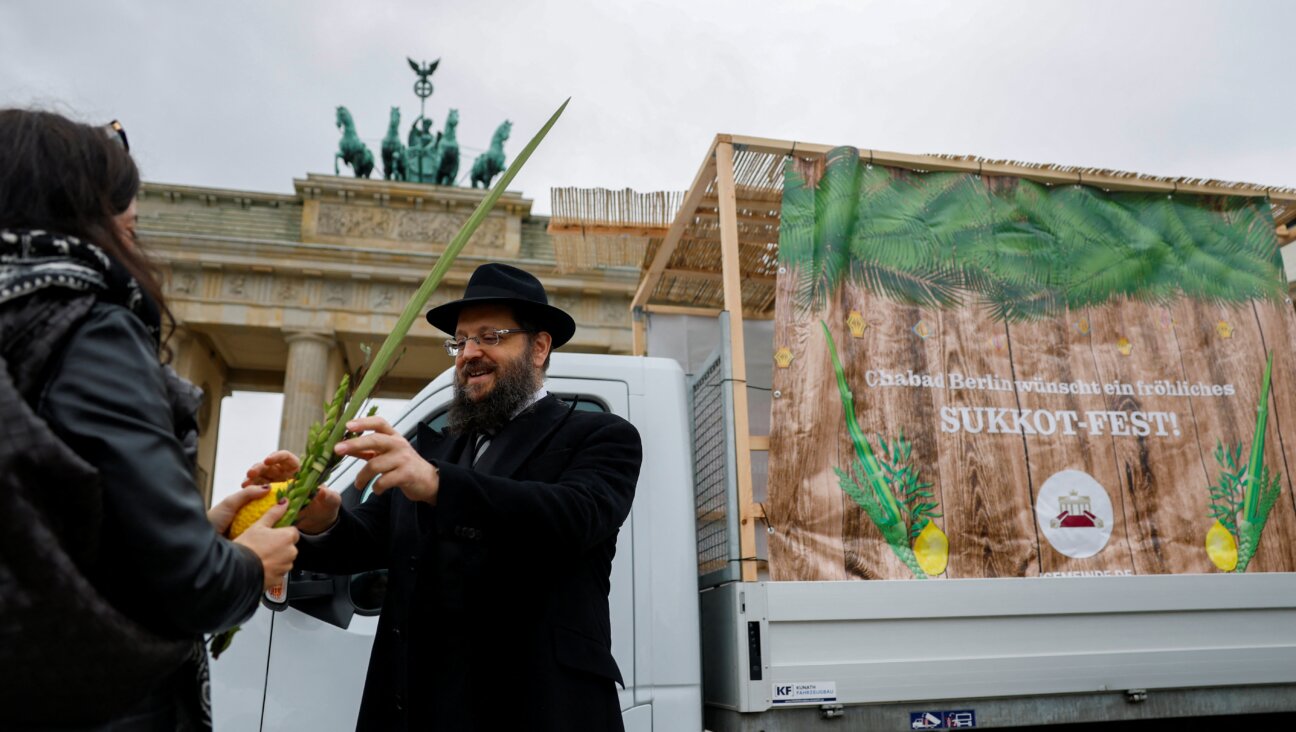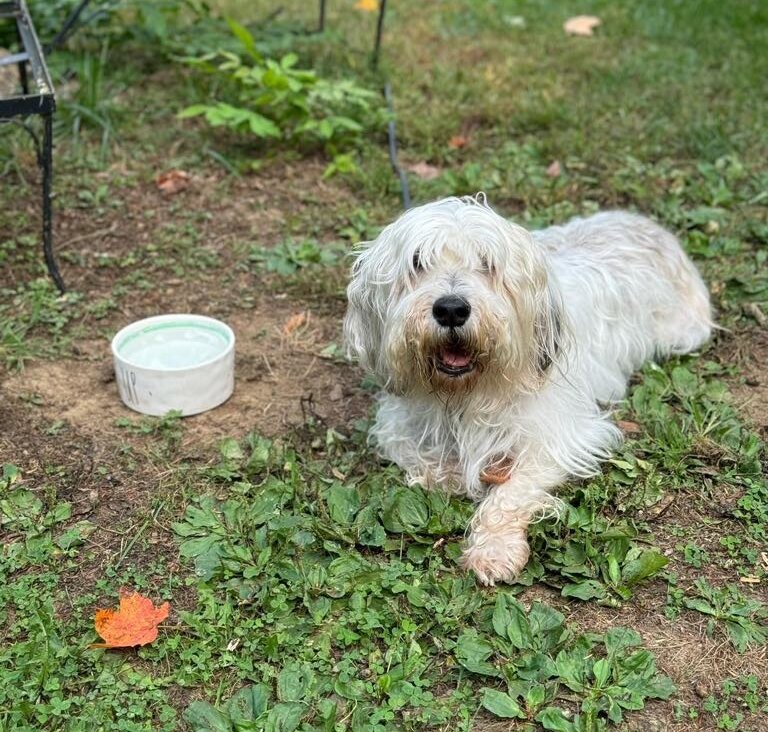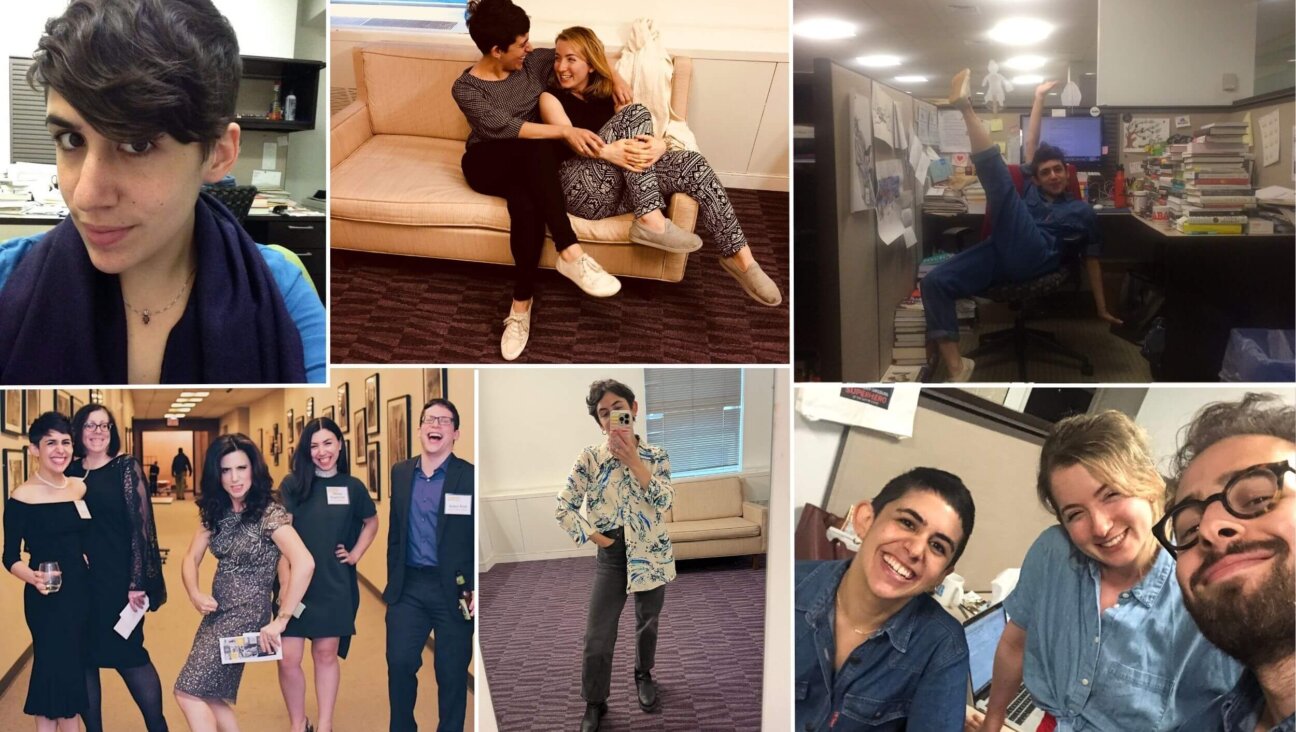My generation of parents is ruining sleep-away camp
Hopeless helicopters insist on optimizing their offspring’s every experience, anathema to the essence of camp
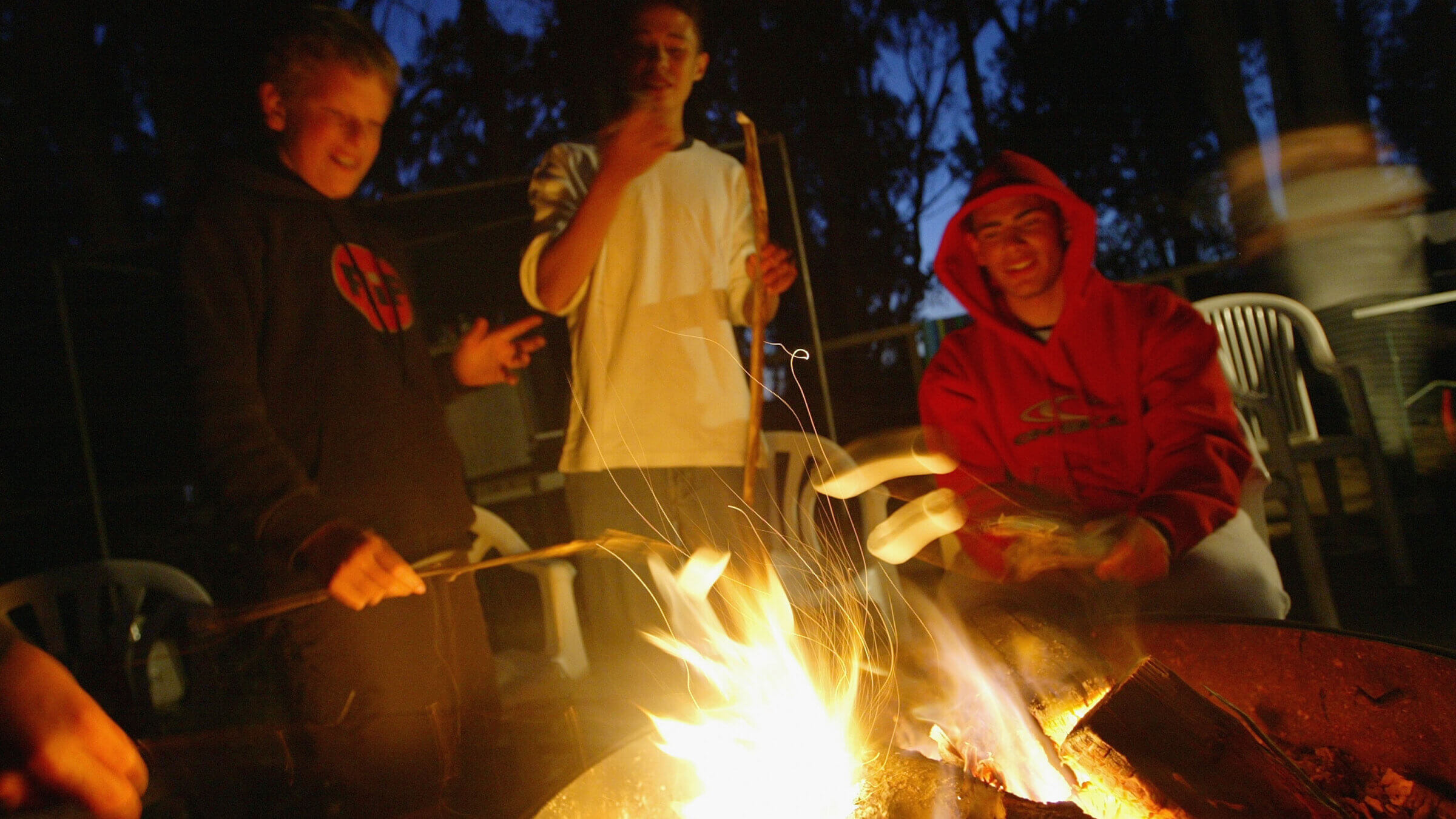
Campers at Club Ed International Surfing School. Photo by Justin Sullivan/Getty Images
This is an adaptation of Looking Forward, a weekly newsletter from our editor-in-chief. Sign up here to get it delivered to your inbox. And click here for our free, printable magazine of some of the week’s top stories.
The silver lining of my son being sent home from camp after testing positive for COVID-19 on July Fourth was that I didn’t have to dutifully scroll through the tsunami of camp photos posted online for a full week.
Yes, this is the epitome of a #FirstWorldProblem. I am aware that there are very grave issues facing our community, our country and the world right now. But, seriously/not-seriously: we need to stop the madness. Why oh why do today’s summer camps insist on blanketing the grounds with photographers capturing every camper’s every swim stroke, craft creation, song session and gaga game?
I know why, of course. It’s because of us parents. A generation of hopeless helicopters who insist on optimizing their offspring’s every experience — and on chronicling it in real time. It’s anathema to the essence of sleep-away camp, which should be not only a world without parents but a world that parents never fully see or understand.
“It’s the worst thing,” Jeremy J. Fingerman, CEO of the Foundation for Jewish Camp, said of the ubiquitous snapshot snappers. “It’s gone to the extreme. Anything taken to the extreme is wrong.”
Extreme indeed. As of this writing, Camp Eisner, where my son, Lev, is now back in Bunk 26, has posted 12,024 photos on its password-protected CampInTouch website. That’s an average of 601 photos for each of the 20 days camp has been in session, an average of 24 photos of each of its 497 campers.
I ask you, fellow camp parents, fellow citizens, fellow humans: Is this really necessary?
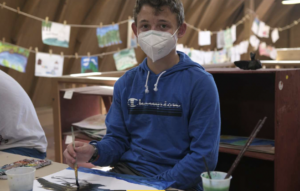
I know what you’re thinking. Just don’t look at the photos! Exercise your free will! But what kind of parent sends their kid off to sleep-away camp for seven weeks and ignores photos that might just show how they’re doing?
So I diligently, guiltily, resentfully sign into CampInTouch each night and click. “Alien Invasion 295 photos,” “Trip Day 483 photos,” “All camp dance! 222 photos,” “Friday at Eisner! 724 photos,” “Rainy day at camp! 474 photos,” “Opening day for 2022! 1365 photos.” (You read that right: 1,365 photos of drop-off day. Sheesh.)
I try scanning the thumbnails on the album view, but they’re too teeny for my aging eyes, so I end up clicking through each image one by one. Anxiety creeps in when I don’t see his familiar mug. Click, click, click. I recognize a shirt, a water bottle. Why is he sitting solo when so many pics are of group hugs? Click, click. Why isn’t mine smiling like those other kids? Click, click, click. Is he washing his hair? Wasn’t he wearing that shirt yesterday? Why isn’t he smiling?
If camps posted a dozen images a day that captured the emotion of the experience or showcased the signature programs — as many do on their Facebook and Instagram feeds — I’d love looking at them. Instead, the marching orders to camp photographers are to try and get every camper every day. (Why? So we know they’re alive?) So the albums are often overstuffed with dozens of boring, dutiful snaps of dozens of individual kids in the pool, shooting baskets, holding a Torah scroll, eating a popsicle.
There are never pictures of kids crying, by the way, or being bullied, or falling off a horse. Maybe they should just put nanny-cams in every bunk so we can binge-watch 24/7 like a reality show.
Fingerman said that the first year his own kids went to Camp Yavneh in New Hampshire — my beloved camp-a-mater — his wife called him in a mini-panic after the first day. “She didn’t see a picture; should she call the camp?” he recalled her asking. “I said, ‘Under no circumstances can you call the camp.'”
That first year, he said, he downloaded the best photos and made an album for his kids. “The second summer, I don’t think I looked at all,” said Fingerman, a parent of more confidence and willpower than I. “I said, if you want to look at the pictures, you go through them yourself.”
(Fingerman said he and his wife did sign on, with cocktails in hand, to watch the livestream of Yavneh’s Zimriyah, the end-of-first-session song competition the night before Visiting Day, only to find a tall kid blocking their view of their daughter, Esther, and thus spend the evening yelling at the computer screen. To which I said: PARENTS ARE NOT SUPPOSED TO BE ABLE TO SEE ZIMRIYAH! THEY’RE SUPPOSED TO HEAR ALL ABOUT IT THROUGH HOARSE VOICES THE NEXT MORNING!)

I had hoped to be able to complain that all this photo-documentation was responsible for the skyrocketing price of camp. In my day (1980-86), a full summer at Yavneh ran about $2,000 per camper. Adjusted for inflation, that’s 61% of this summer’s Yavneh tuition of $10,050, and half of the $12,200 we paid for Eisner. But, alas, Eisner’s director, Paul Isserles, told me that his staff of more than 300 includes only four full-time photographers/videographers (down from five at the start of summer, perhaps because of COVID).
No, that staff number wasn’t a typo. Eisner has a total of 840 people on site this session, Isserles said, including those 497 campers smiling or not in all those photos.
Fingerman, whose organization includes 300 day and overnight camps that last year enrolled 150,000 kids — down 16% from a record-high 175,000 in 2019 — explained that many now have social workers and mental-health professionals on staff, and, compared to a generation ago, more layers of supervision, because, as he put it, “the counselors are maturing later in life.”
“Camps now have people that just handle the parents,” he said. “It’s a very complex business. It is much more complex than it was 20, 30 years ago. The amount of responsibility, the demands on the professionals, and the expectations of the parents.”
He pointed out that while we swam in murky, cold lakes with icky-squishy bottoms, now camps “have to have a pool, because the parents want it — they’ve taught their kids you can only swim in a chlorine pool with goggles.”
Eisner also has a ropes course and a weight-lifting room and mountain bikes and paddle boards, and all its facilities are radically nicer than the ones I slept and ate and sang in. Our trip days were mostly to the beach; Lev’s on Tuesday included a movie and a “dinner cruise.” Fingerman said bunks these days have to have far more cubby space because of the “sheer volume” of stuff parents send.
Plus, he noted, insurance prices have increased, some camps have added quiet spaces as refuges for “kids who are very sensitive to noise,” and kitchen duty has been complicated by the rise of food allergies.
“Some have built separate kitchens,” Fingerman said. “Even if the favorite meal is still grilled cheese and tomato sandwich, you’ve got to have a lot more options.”
I was completely unprepared when camp called, eight days after drop-off, to alert us that Lev not only had COVID, but had to be picked up that day to isolate at home for at least a week. Only international staff members were being quarantined on camp. Kids from Denver or Florida who tested positive, or those whose parent had gone on vacation abroad, were decamping to family or friends closer to Eisner. He could come back, they said, if he tested negative on days six and seven, or any two subsequent days in a row.
My son, like most vaccinated-and-boosted teenagers, had a mild case. He spent the week in our guest room, watching YouTube and re-watching the Angry Birds movies. There was something of an outbreak in his unit, about 20 cases, so of course, having been reunited with their phones, they quickly formed a text-message group to compare notes on symptoms and also check in with counselors back at camp for updates.
He wanted to eat during Eisner meal times, and on Eisner rib night, asked for ribs for dinner (alas, our favorite local BBQ place was closed for the week). As the days dragged on, we played a little badminton in the backyard. When he got his first negative test, we celebrated with fire-pit s’mores.
I also gave him a CampInTouch login, so he could write to his friends in Bunk 26 and, yes, look at the photos.
Are you also traumatized and outraged by the online photos and other changes in summer camp? Or do you appreciate the access and other upgrades. How do you cope with the deluge? Share your thoughts, or your memories of sleep-away camp, by sending an email to [email protected], subject line: CAMP PHOTOS. We may publish excerpts.
